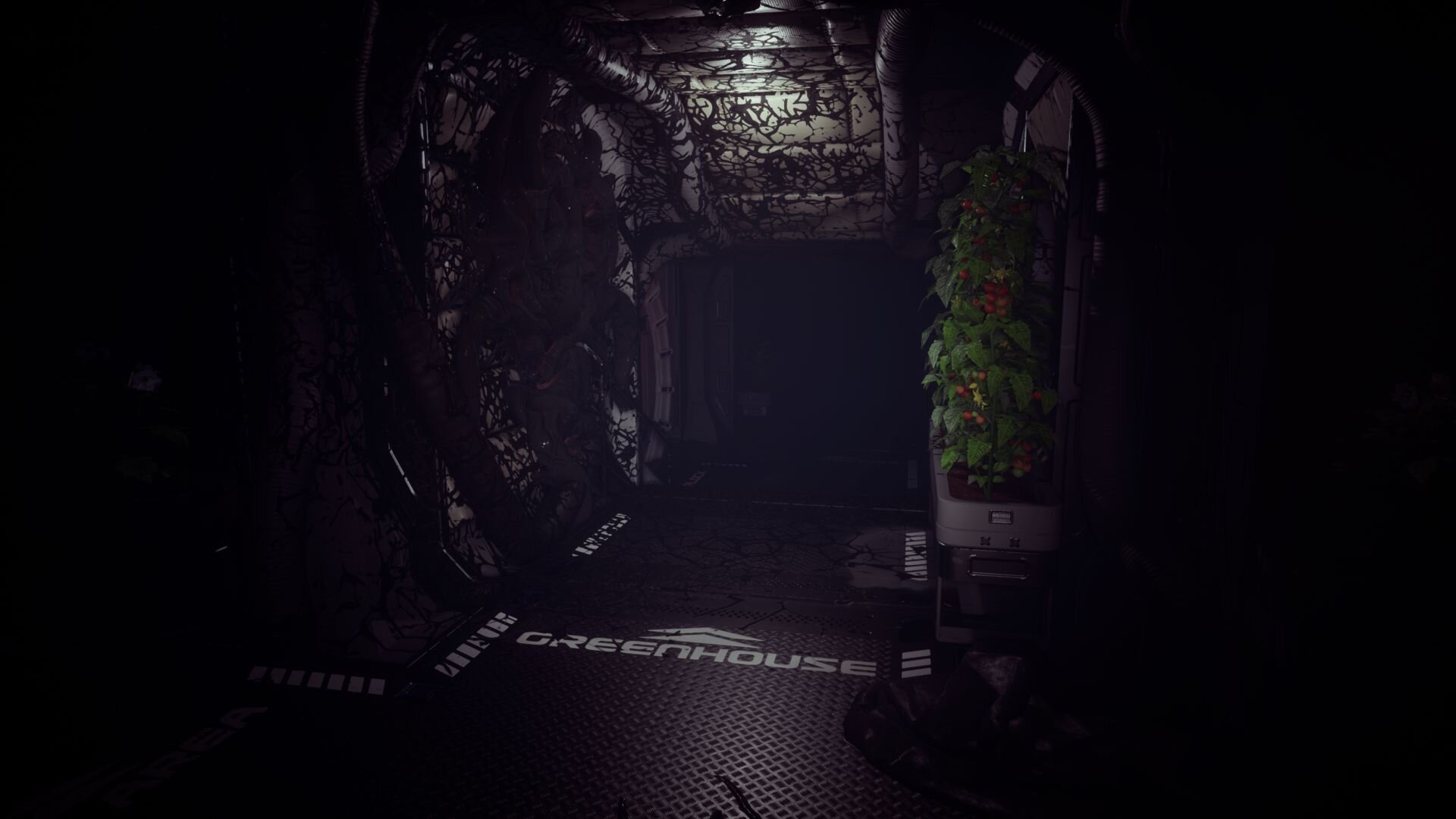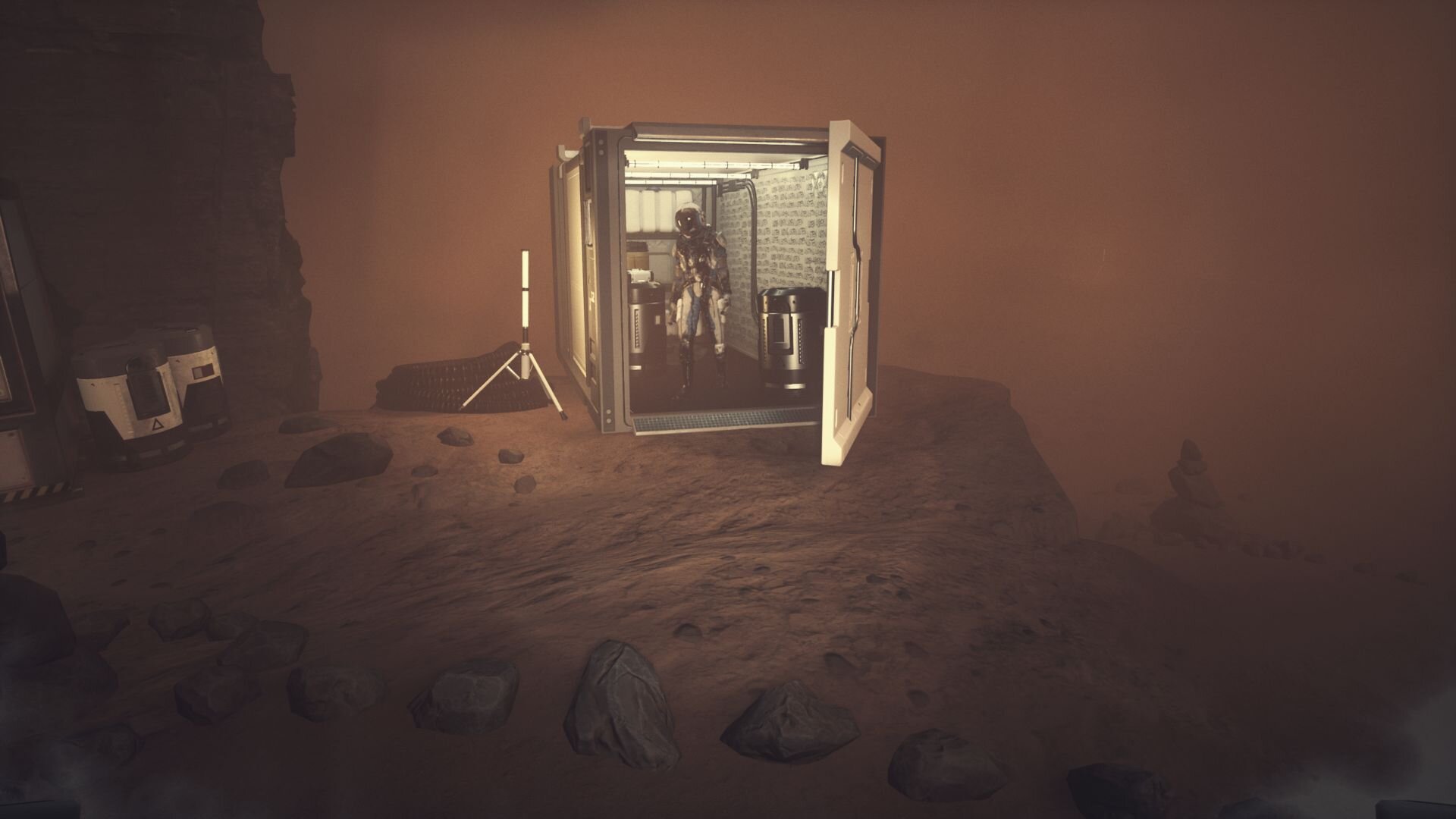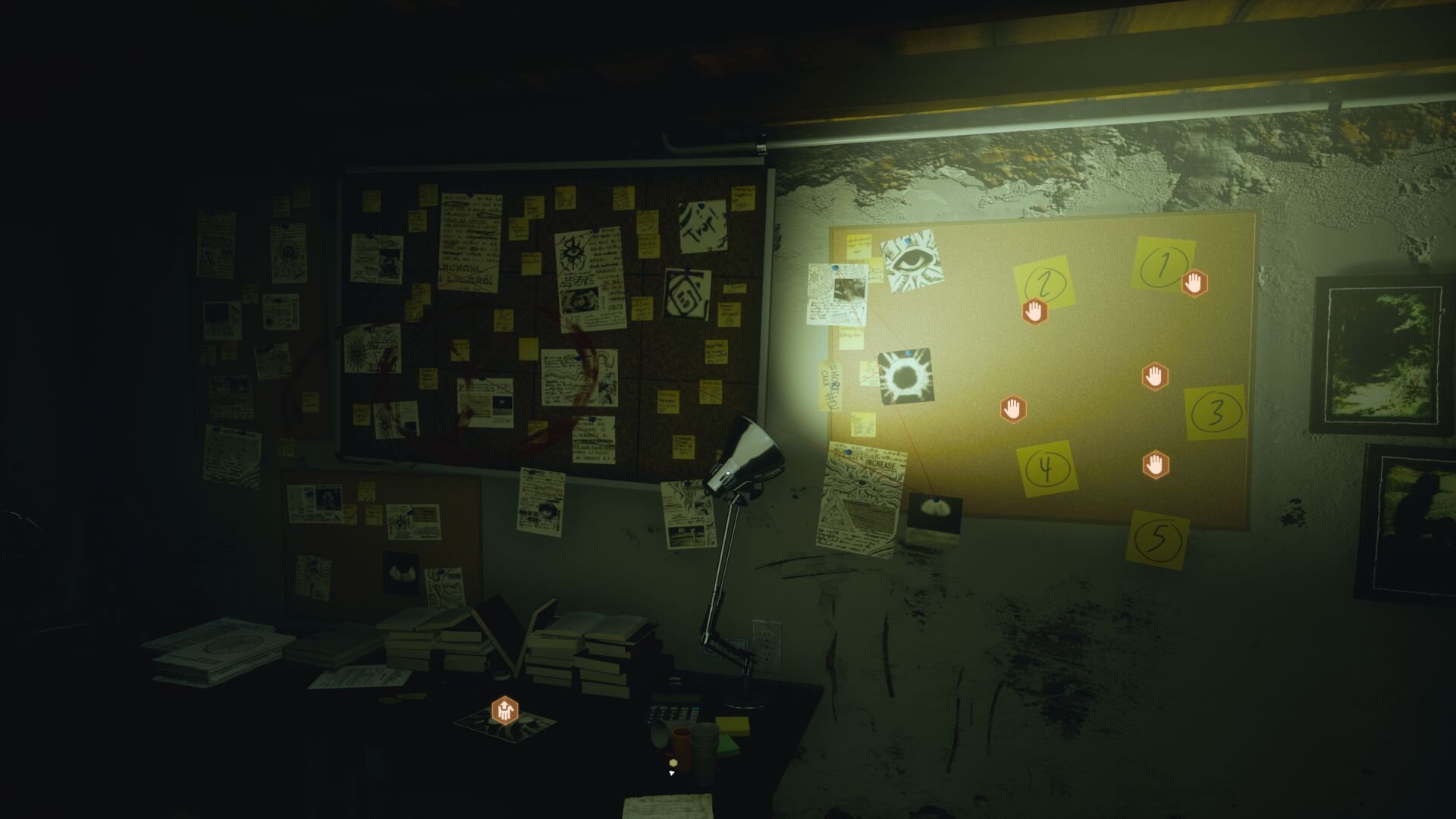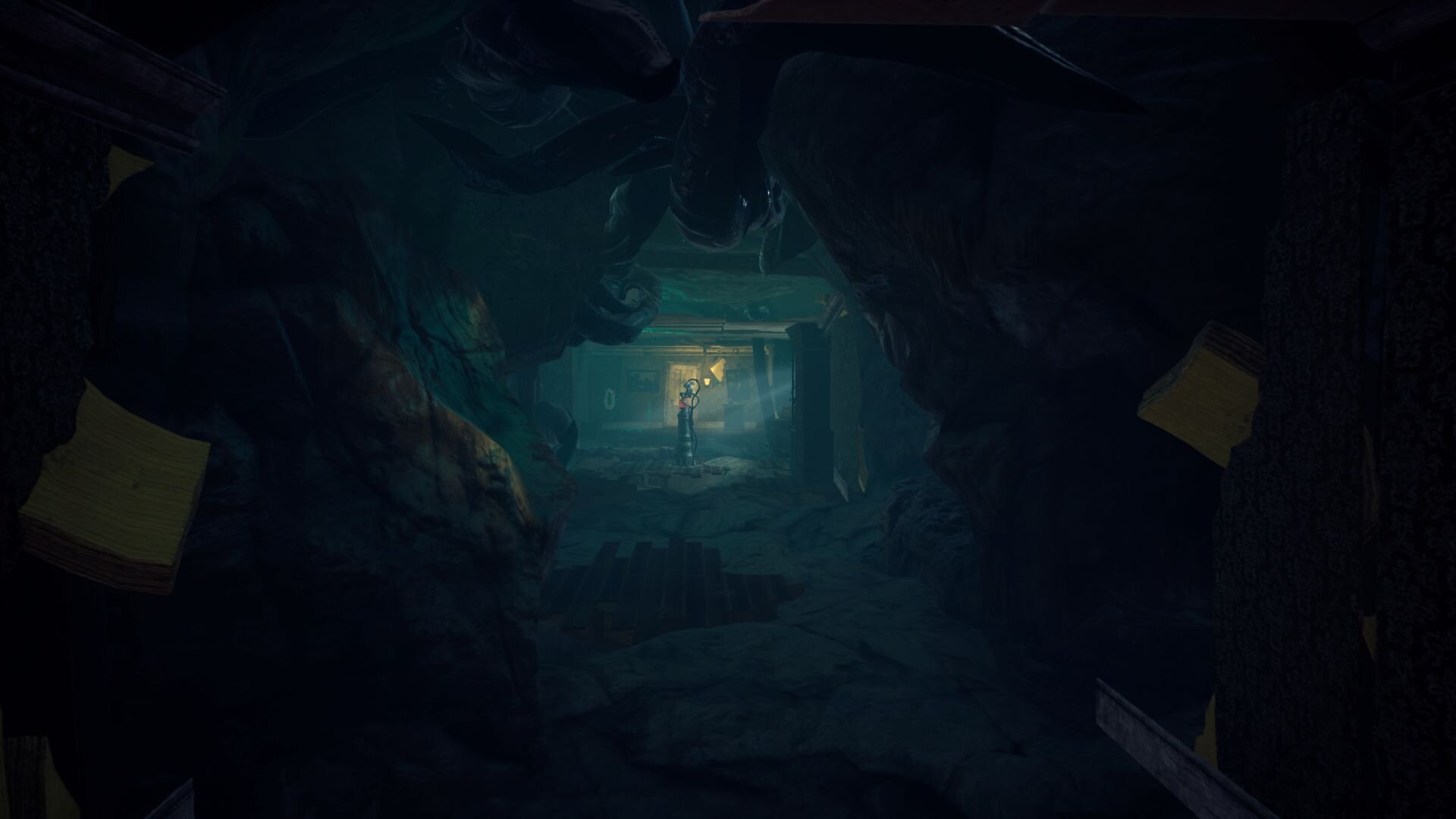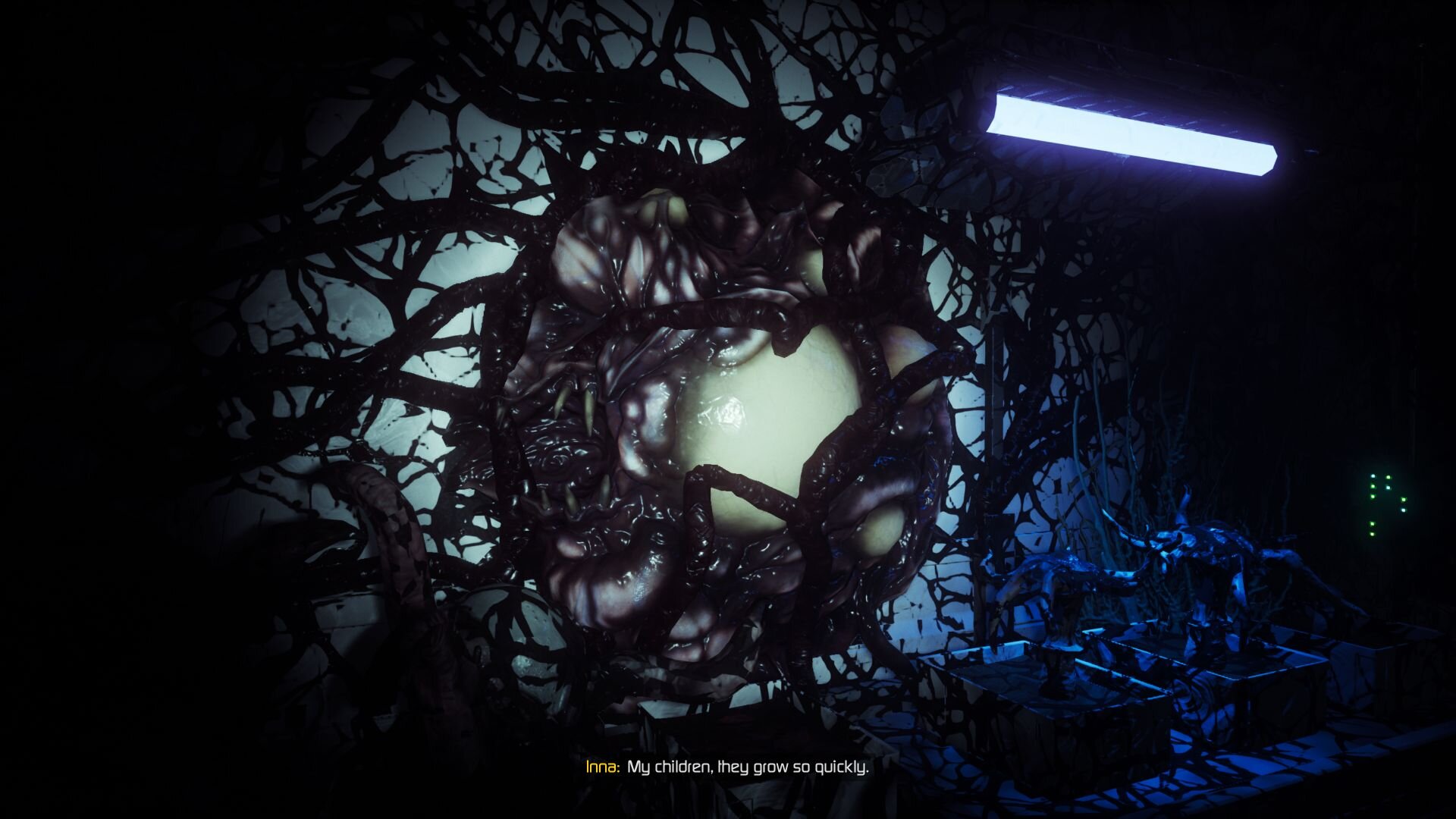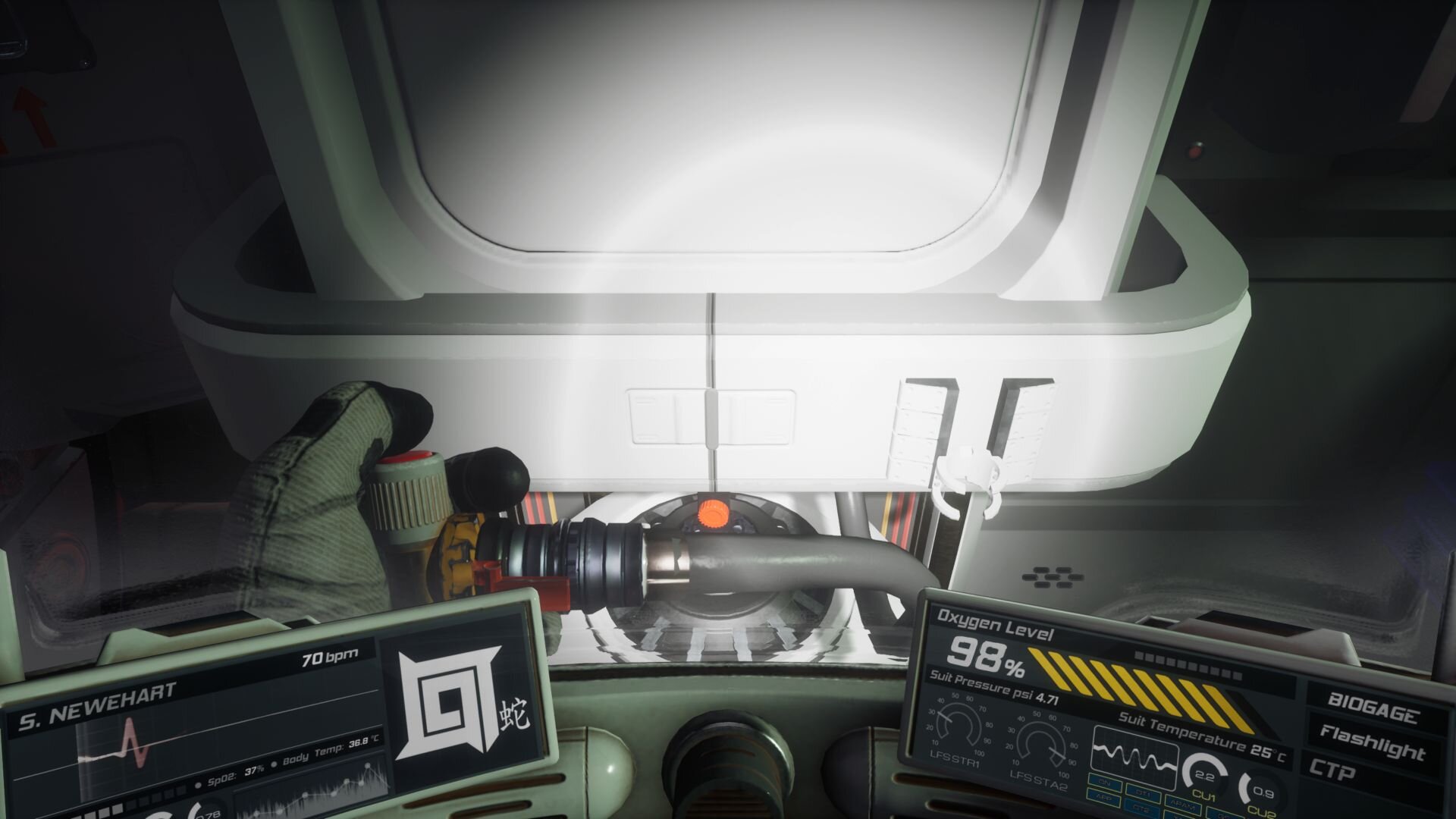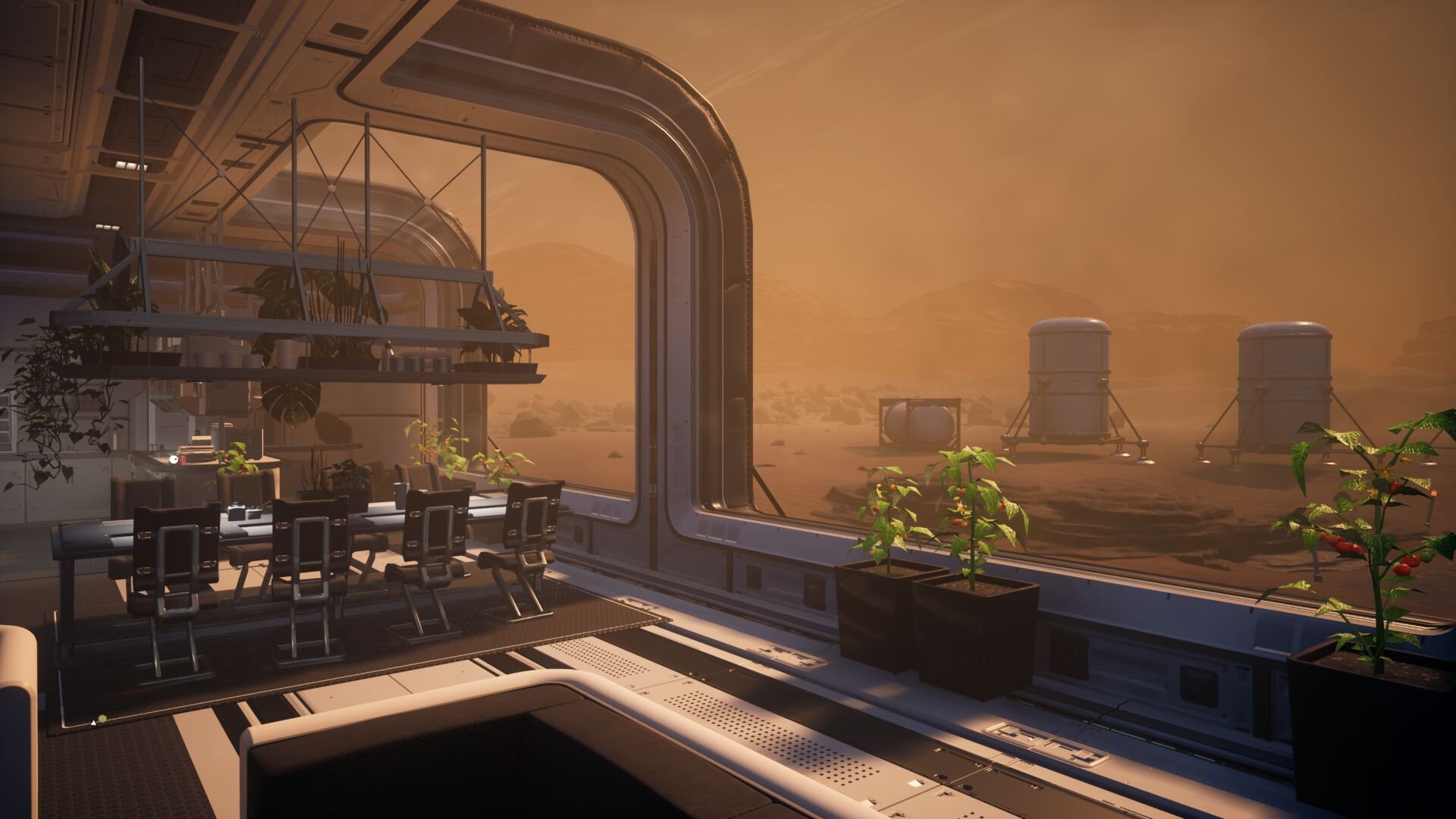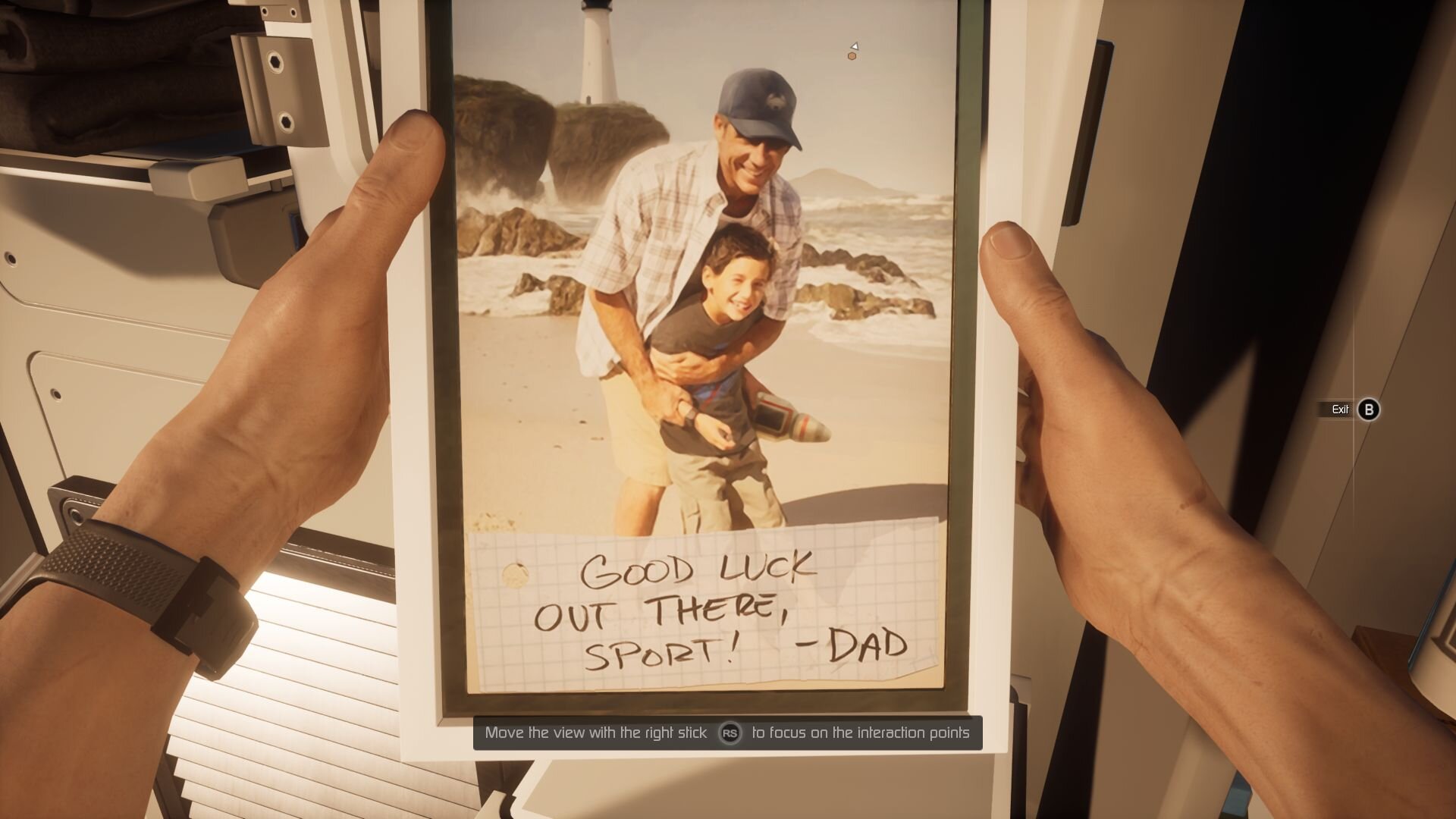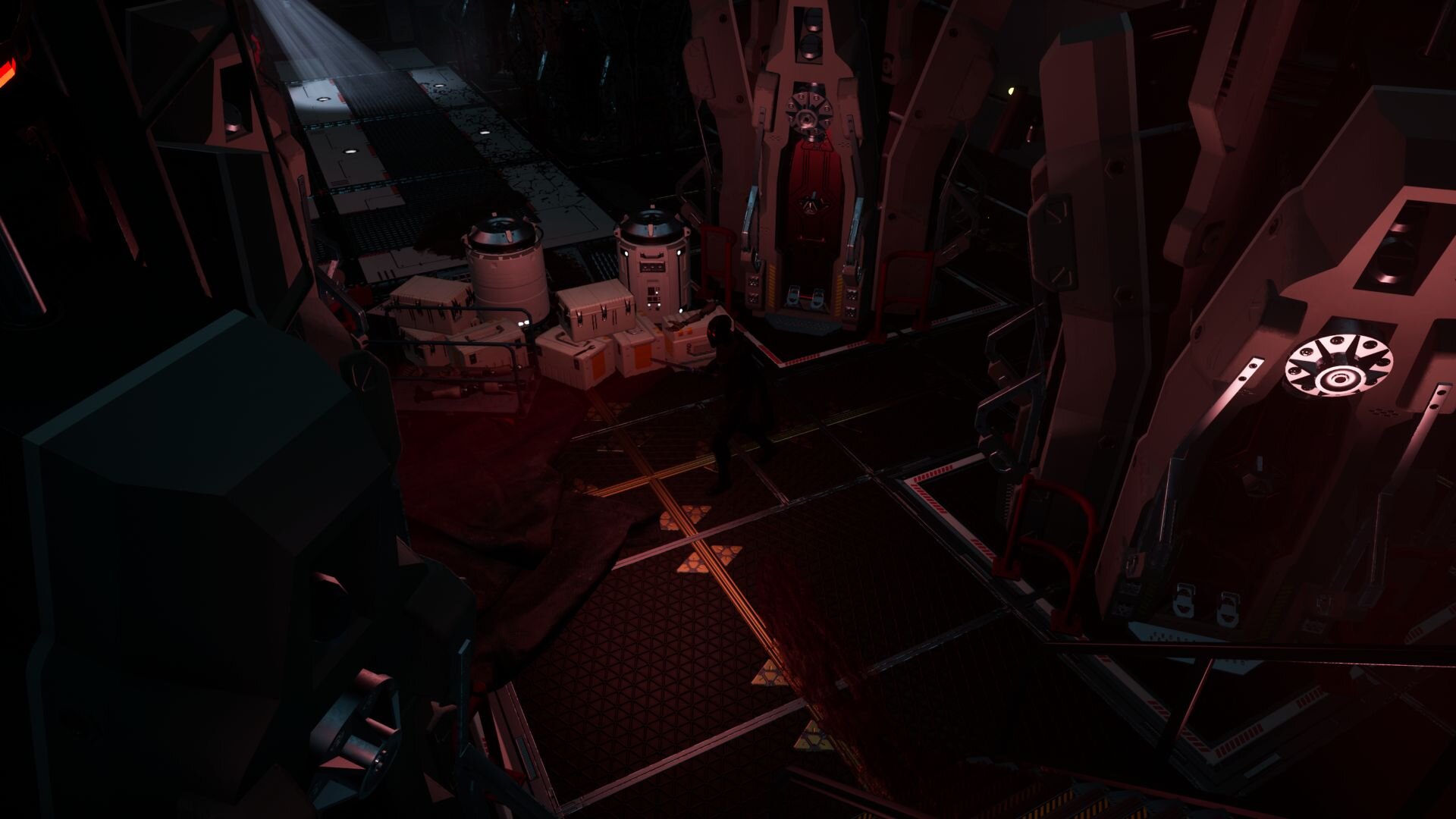While I’ve never dived into the actual works of H.P. Lovecraft, I’ve certainly played games inspired by them. Call of Cthulhu, and The Sinking City, for example, are both incredibly entertaining stories where the main protagonist eventually descends into madness, witnessing all sorts of horrific hallucinations and usually caught up in a dire conspiracy. Moons of Madness, another game to be inspired by the controversial author, is similar in those respects, but interestingly, it takes its Lovecraftian inspirations into the deep reaches of space, on a space station built on Mars.
Told through the course of around 7-8 hours, Moons of Madness has you embody the role of Shane Newehart, a level one engineer aboard a Mars-built research station. Shane, who has a very Chris Pine sound to him, portrayed by David Stanbra, who some may recognize from True Detective, plays the role brilliantly and it’s in the game’s favor that we are not on this journey with a muted soulless protagonist. Shane will interact with his fellow research companions largely through the radio, and while each of them flavors the story in their own way, it would have greatly benefitted them if we had a few moments at the start of the game surrounded by them, getting to know them in person, instead of discovering more about them through emails and the environments they live in.
Moons of Madness starts with setting the mood via a very elaborate dream sequence, introducing us to the various horrors that await us further down the Lovecraftian road. It’s a nice setup that contributes to Shane’s past of experiencing a series of bad dreams. While Shane has his own issues that are revealed to us over time, his interactions with his co-workers allow us to understand what a lot of them are going through, especially being so far from home on a mission so secret they had to lie to their family about their whereabouts. After the dream sequence ends, Shane goes about his work, fixing the angles of some satellite dishes, to addressing some recent flooding in the greenhouse. It’s here where the story really starts to kick in, drip-feeding the narrative that will consume the next few hours.
Much of how you’ll explore the surroundings of this research base is through some puzzle-solving or using your wrist-mounted computer to align the satellite dishes or adjust radio frequencies. None of the puzzles are too difficult, especially when you’re trying to hunt down passwords as they are literally in the same room or just down the hall, often in your face to the point of the game screaming them at you. You’ll also track down various tools and batteries that allow you to traverse areas and remove obstacles in your way. I do like the fact that these items are largely used during the interactions, with only a small amount of them needing any sort of user interface to scroll through available items. It makes most interactions very clean and intuitive and removes the bulk of clunky menu navigation that can be a killer to ruining the mood in most horror games.
While I won’t dive too much into the monstrous threats that are present on the station, and instead allow you to experience them for yourself, there are a few moments where you’ll be hunted down or required to use poison injectors or your wrist-mounted device to explode and deal with many of them as the game doesn’t have any sort of actual combat. There is also a stealth section in the game with indestructible threats that wasn’t exactly my favorite part of the adventure, but thankfully it’s very short and contained to just a chapter or two. Many of these types of encounters are largely scripted, especially one that is designed during your wait for a platform to reach a sealed door. The game does a good job of conveying fear around these moments, with even a few solid jump scares that make me disappointed there aren’t more of them. In fact, one of the initial jump scares at the start of the game is one of my favorites I’ve experienced in any horror game.
Rock Pocket Games, located in Tønsberg, Norway, does a fantastic job as a small studio to create very believable and gorgeous environments. The interiors are incredibly well designed with some fantastic texture work and small details like the martian dust kissed glass to the black sludge that starts to consume the station. Honestly, I can’t think of a bad visual component to the game apart from some poorly animated moments with the human cast. Each environment is small enough to feel claustrophobic but big enough to feel like it could be adapted from reality. I also have to commend them on the door locking mechanism when you’re suiting up for the martian surface as it’s just snappy and functional at the same time.
Between exploring dark environments with nothing but your flashlight, or making sure you have enough air in your space suit to survive the harsh climate outside the station, Moons of Madness does a compelling job at giving some decent scares amidst its moody atmosphere. There are a few chapters where some puzzles drag on a bit too long or a few instant fail stealth moments, but overall, I really had a solid time here. The story and its characters are interesting enough to dig into and there are a few plot reveals in the lower levels of the space station that made me want to rethink how the story was going to go. Moons of Madness has placed Rock Pocket Games on my radar and I can’t wait to see what they do next.
A review code of Moons of Madness was provided for the purpose of this review and played on an Xbox One X.
All screenshots were taken on an Xbox One X.



